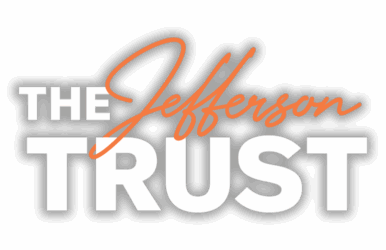
When Guoping Huang, Assistant Professor and Graduate Program Director of Urban & Environmental Planning, received funding for a Jefferson Trust grant in 2018, his plan for his project, “A Virtual Exploration of Central Grounds Through Time and Space” was to digitize and geo-reference various existing data collections such as building footprints, trails, vegetation, historic photos, and notable persons and trees. Using the latest Geographic Information Systems (GIS), digital visualization, and Virtual Reality (VR), he wanted to present the data collections online as 2D and 3D maps with a time slider, so any user could explore the history of UVA’s central grounds through time and space. The grant allowed Huang to hire students to complete challenging geo-referencing and digitization tasks, while giving student assistants opportunities to learn some of the latest technologies and techniques from Huang himself, fostering a collaborative environment.
Over a year into the project, his team’s biggest success has been the bringing together of large collections of historic photos, maps, documents, GIS data sets, and 3D models into one spatial database. “Originally, these collections are scattered around in different offices and archives in the University. But now, you can query these collections by time and space in our new centralized system.” Huang shares.
After the team started to assemble pieces of historic evidences, they noticed many gaps in their research. “…we know there used to be a winter gymnasium standing right in the middle of the south end of the Lawn from 1858 to 1893, but its three-dimensional shape has not been documented. We have to dig into the Proctor’s Papers for the expenses in order to determine if it had a tin roof, or if had a stepped roof with clerestory lights at each level. The detail of the payments might give us a clue when we make 3D model of the gymnasium.” Due to these gaps, Huang and team feel that we still have much to learn about the history of the University.

Huang is excited for the future, and the possibilities that users could experience in a virtual reality environment. “Imagine you visit Central Grounds for the first time in the future and you could load a web map onto your cellphone. As you walk around, the web map would not only tell you the history of the buildings and gardens you see, but also show you what this place used to look like. You could see historic photos taken at the same place where you’re standing, facing the same direction. If you want, you could also put your cellphone in a Google Cardboard to see the history unfold in an immersive Virtual Reality environment!” This funding has allowed the group to build something that can be used by teachers, students, and visitors in the years to come. Huang admits, “If the project turns out to be successful, some additional funding might allow us to extend the scope to more historic places that our alumni and visitors want to see!”






